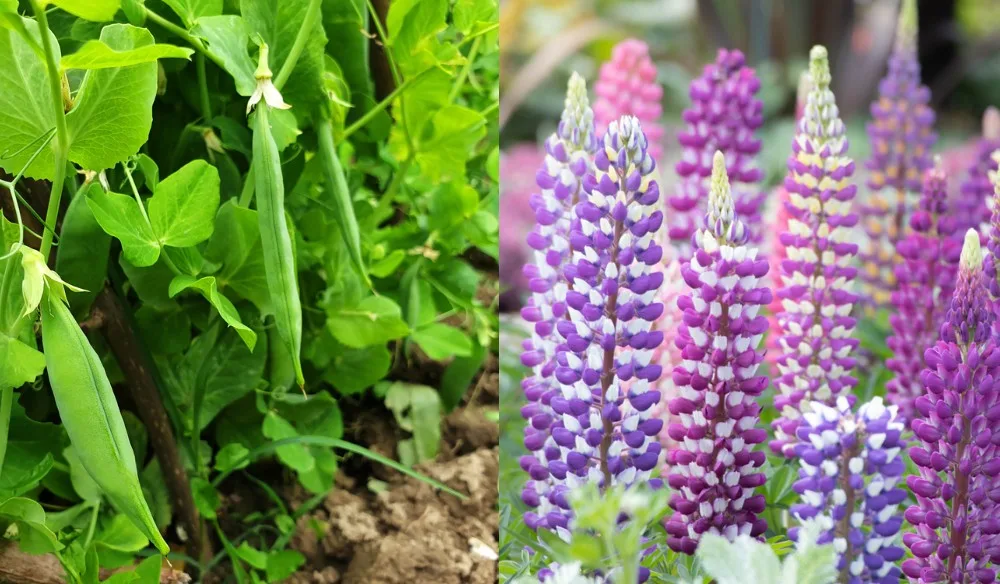
The nitrogen cycle is one of the important natural cycles on our planet.
Understanding this cycle is key to success in organic gardening. It can help us to give our plants one of the three essential nutrients they need to grow.
In this article, we will talk about nitrogen fixing plants, which play an important role in this cycle.
What is Nitrogen and Why Do Plants Need It?
Nitrogen, (along with potassium and phosphorus) is essential for plant growth.
It is a part of the chlorophyll molecule, which is essential for photosynthesis, and is the primary component of plant protoplasm, which builds plant cells.
Nitrogen boosts leafy growth, aids in the creation of healthy flower buds, and helps fruit set. It also functions as a catalyst for other minerals.
Since nitrogen (along with potassium and phosphorus) is one of the three nutrients used by plants in the highest quantities, it can be one of the first nutrients lacking from the soil.
Plants can easily deplete all the nitrogen available in the soil in a given area.
Nitrogen can also leach naturally from the soil through the agency of sun and water.
How Nitrogen is Added to the Soil
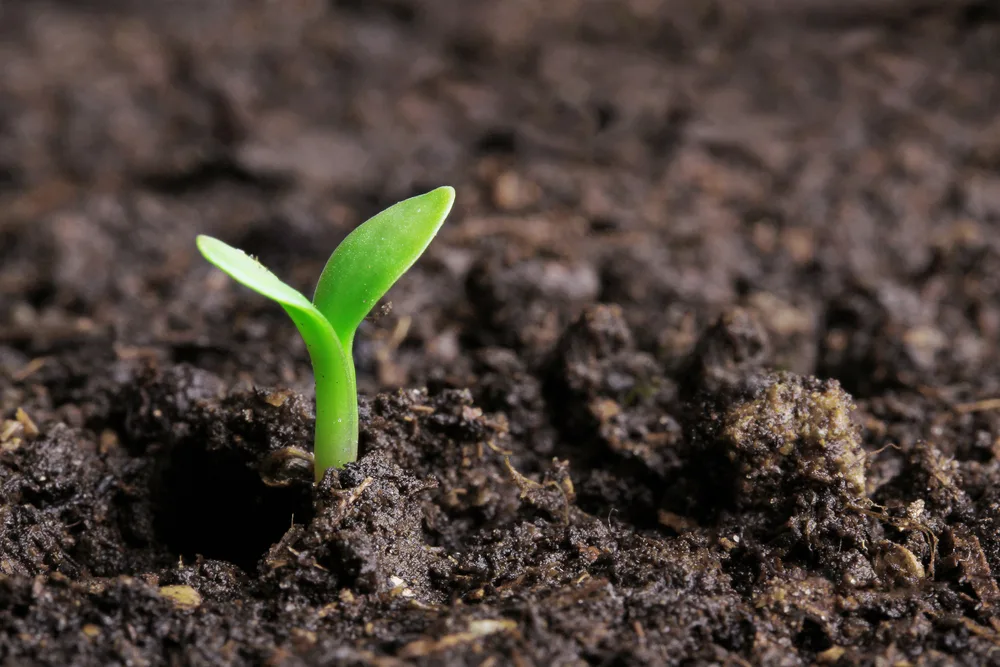
Nitrogen is not in short supply on this planet. In fact, atmospheric nitrogen forms most of the earth’s atmosphere.
But plants cannot uptake the nitrogen from the air.
First, atmospheric nitrogen must be converted, through a range of processes, to nitrates, which can be taken up from the soil by the roots of plants.
Lightning can be one way in which atmospheric nitrogen is turned into bio-available nitrates in the soil. But most atmospheric nitrogen is ‘fixed’ into the soil through the agency of soil microbiota.
Some nitrogen fixing bacteria form symbiotic relationships with certain plants.
Nitrogen fixing bacteria take atmospheric nitrogen (N2) and convert it to Ammonium. Nitrifying bacteria then convert this to NO2 and then NO3 (nitrates).
These nitrates can then be taken up by plants.
When plants die, fungi and other bacteria in the soil help to decompose the material and return the nitrogen to the soil system. (The cycle is completed by denitrifying bacteria, which turn NO3 back into atmospheric nitrogen (N2).)
How Certain Plants Contribute to Nitrogen Fixation
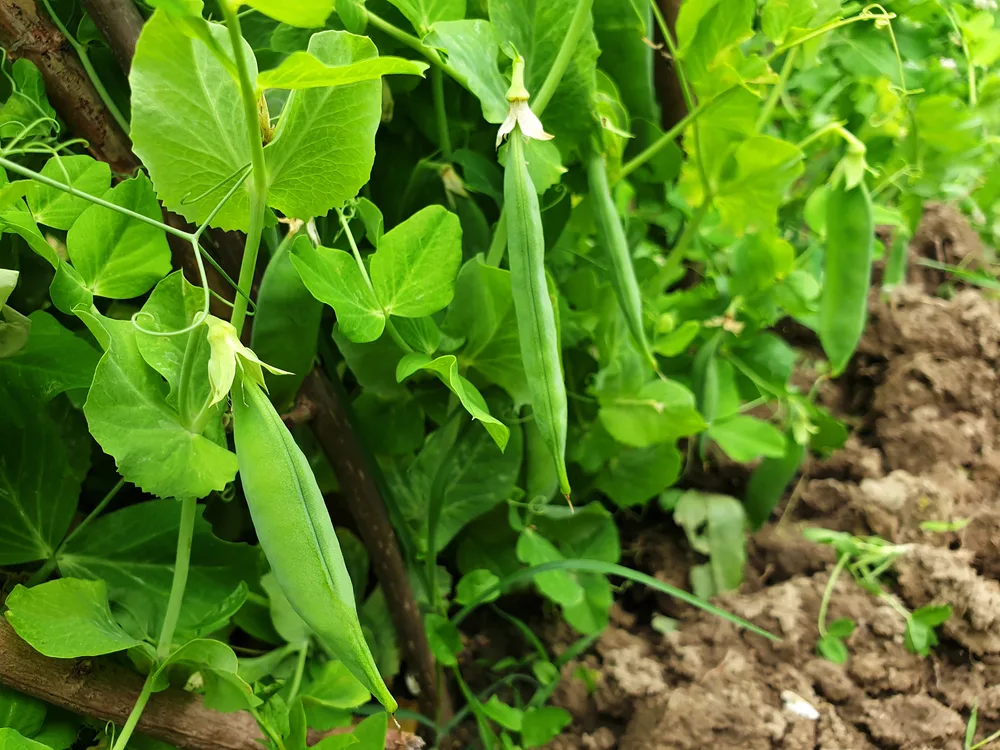
Certain plants co-operate with bacteria in their roots to take nitrogen from the atmosphere and make it available in the soil.
Some of the nitrogen is used by the plants themselves, and stored within them. But some is also believed to remain in the surrounding soil, where it can be taken up by nearby plants.
When the plants die, or their plant matter biodegrades, nitrogen is added to the soil system.
The best known and most common plants that contribute to nitrogen fixation are those in the legume family, Fabaceae.
Plants within this family have symbiotic rhizobia bacteria within nodules in their root systems.
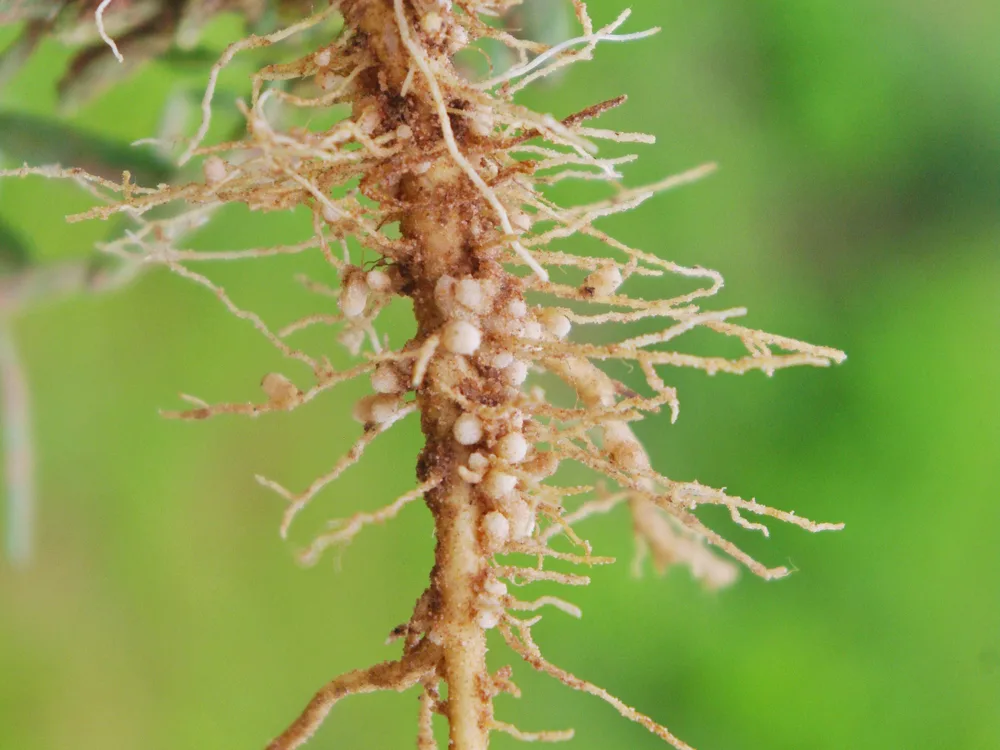
There are also non-leguminous nitrogen fixing plants.
In temperate climates, the most important of these are actinorhizal plants, which can form nitrogen fixing nodules thanks to a symbiotic relationship with Frankia bacteria.
Nitrogen fixation is a complex topic.
There are a huge range of factors that determine how much nitrogen is fixed. It will depend on the climate, temperatures, soil conditions and a range of other things.
In cool temperate climates, nitrogen fixation halts, or at least is very much diminished, through the winter months.
That said, nitrogen fixation plays a very important role in garden and growing system design.
Even where it is not fully understood, it can be an important part of designing sustainable growing systems that can not just survive, but thrive over time.
Nitrogen fixers can and should be included throughout annual and perennial garden systems.
Why Incorporate Nitrogen Fixing Plants in Your Garden?
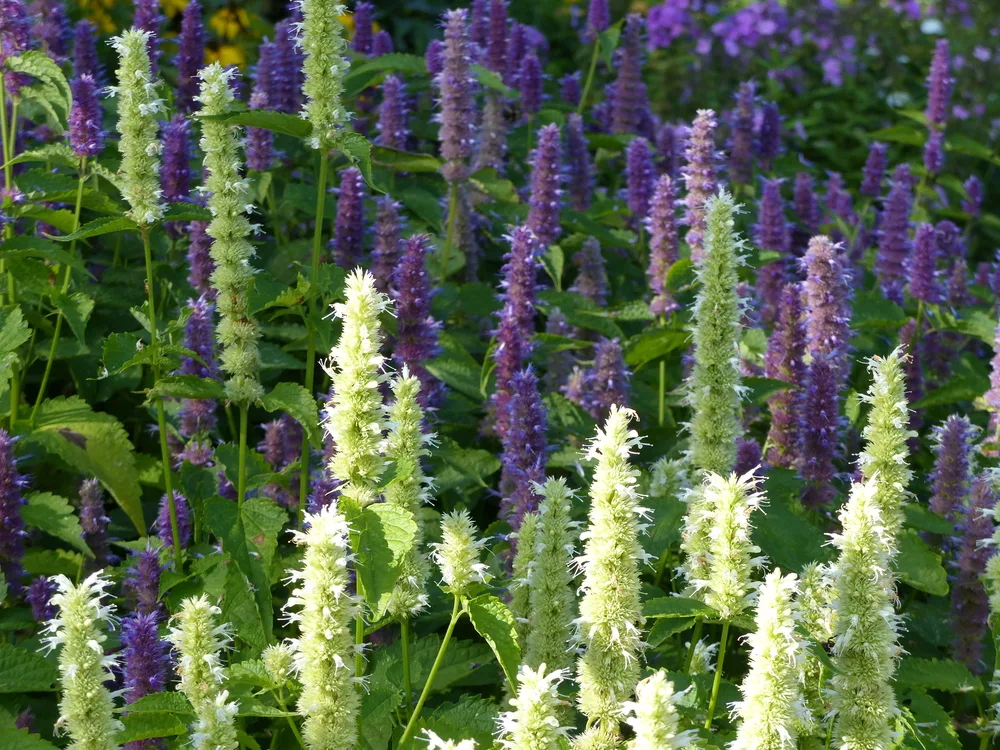
Incorporating nitrogen fixing plants in your garden can help maintain a natural balance.
It can help prevent soil from becoming depleted of this vital plant nutrient.
If you do not pay attention to the nitrogen cycle, you may find that productivity decreases over time. You may even find that plants develop deficiencies and fail to thrive.
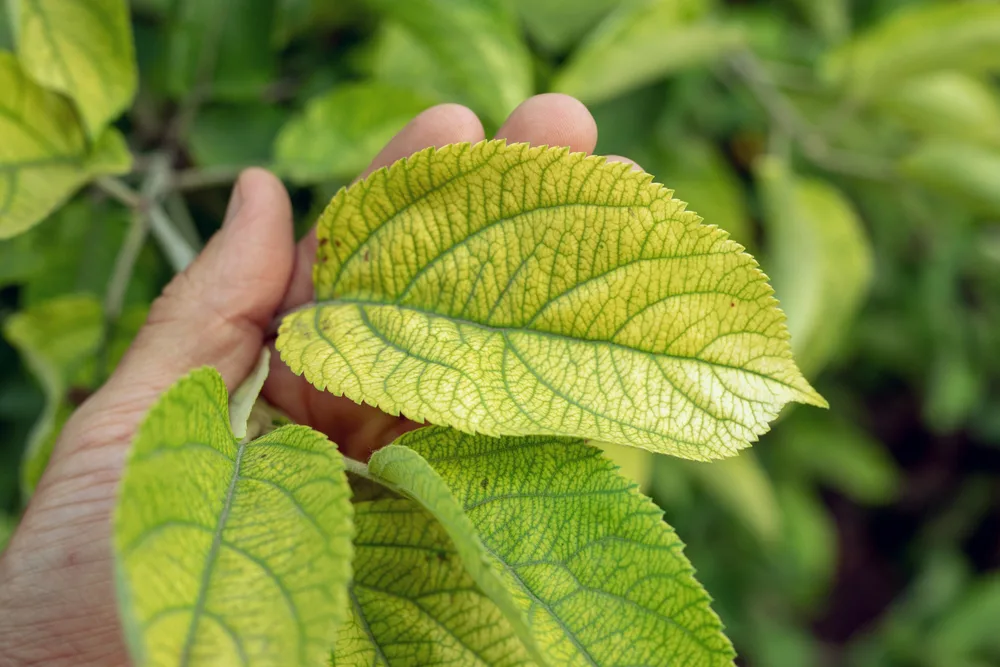
Many gardeners and growers who experience nitrogen deficiency turn to synthetic or commercial nitrate fertilizers. But these fertilizers can harmful.
They can harm the environment during their manufacture.
What is more, when too much nitrogen is added, this can harm the garden and the wider local environment.
It can cause instability in the soil ecosystem.
An excess of nitrogen can over-stimulate green growth. Plants may put on leafy growth at the expense of flowers and fruits.
Over-use of nitrogen fertilizers also causes nutrient leaching, and can damage local rivers, waterways and marine environments.
One of the very best ways to make sure that your growing areas always has sufficient nitrogen (but not too much) is to judiciously utilise nitrogen fixing plants.
It is important to note that you should be careful about how and where you use them. Nitrogen fixing plants can cause excess nitrogen in the same way as other sources of nitrogen fertilizer.
However, using nitrogen fixers well is a wonderful idea.
Not only will the plants provide a source of nitrogen, they will also improve soil structure when chopped and dropped over time.
How To Incorporate Nitrogen Fixing Plants in Your Garden
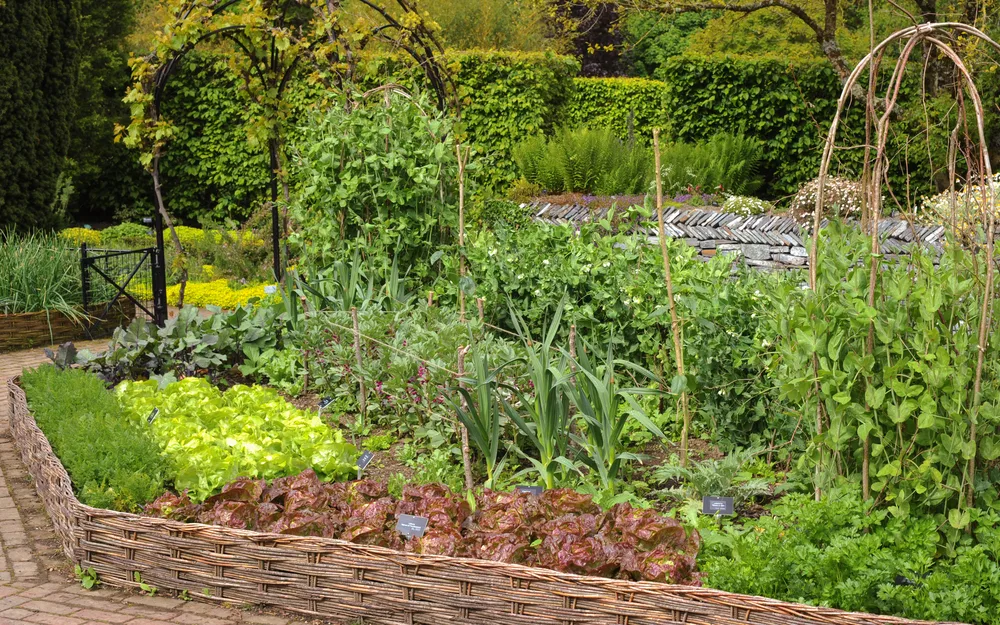
Nitrogen fixing plants can be incorporated in your garden in a range of different ways.
Nitrogen fixers can be found in a range of different plant families.
Most notably, of course, the leguminous plants – but also a number of plants in other families too. Nitrogen fixers are important and integral parts of:
- Annual fruit and vegetable growing areas.
- Perennial polycultures.
- Fruit tree guilds and forest gardens.
- Shelter belts and mixed hedges.
Nitrogen fixers can also find a place in ornamental garden schemes. And on a wider scale, can have important applications within agro-ecology and sustainable farming.
We use different types of nitrogen fixers in different ways.
In order to understand how to use nitrogen fixers a little better, let’s take a look at some nitrogen fixing plants for temperate climate zones, and some of the ways in which they can be incorporated into a garden plan.
Nitrogen Fixing Trees
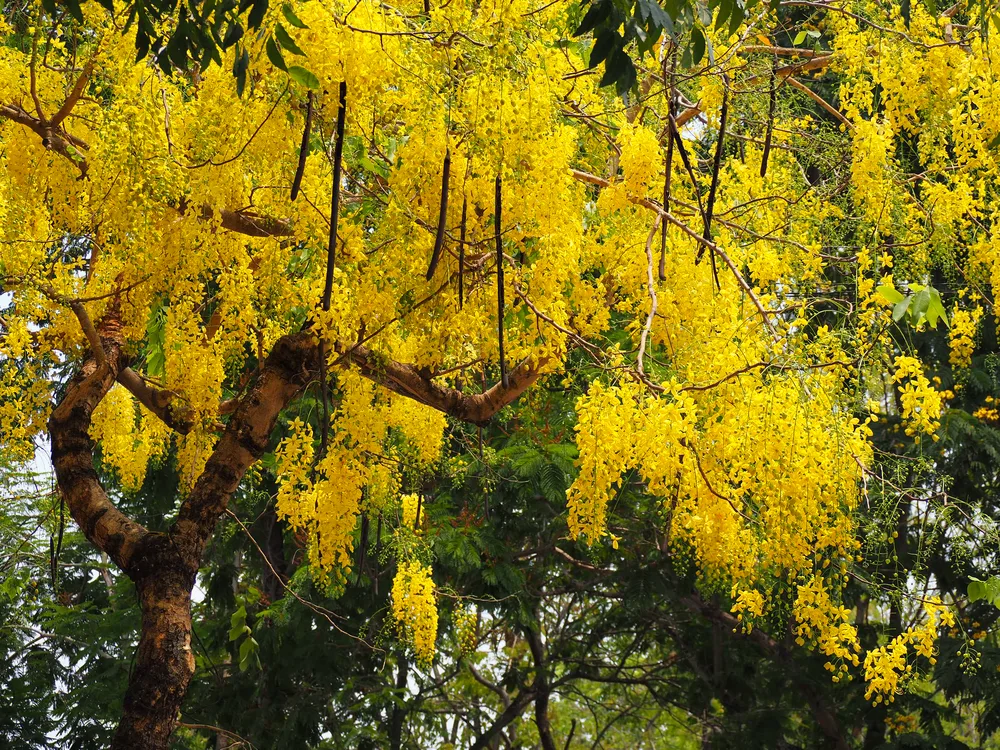
People use nitrogen fixing trees as pioneer species to reclaim and enhance damaged or degraded land.
You can spread them across a piece of land, along swales, or use them in the creation of shelter belts of wind-break hedging, for example.
Over time, these plants fix nitrogen and improve the soil. And this, in turn, allows other plants to thrive on the land.
We also use them to provide a source of biomass or vegetative material that can feed an existing growing system.
Deciduous leaves that drop in fall naturally return to the soil surface, where the fungi and bacteria can break them down and return the nitrogen and other nutrients they contain to the soil.
We can also use cuttings from such on compost heaps, or use them as mulch etc..
Useful nitrogen fixing plants for temperate climates include:
- Alder (Alnus glutinosa)
- Laburnum (Laburnum Alpinum or Laburnum x Watereri)
- Siberian Pea Tree
- Black Locust
- Mimosa
- Redbud
- Kentucky Coffee Tree
- Acacia
- Mesquite
Of course, which nitrogen fixer will be right for you will depend on the bacterial content of your soil, the soil type, characteristics and the climate where you live.
It is always best to begin by considering nitrogen fixers that are native to your bioregion.
However, non-native species may also be worth consideration in certain circumstances.
Nitrogen Fixing Shrubs
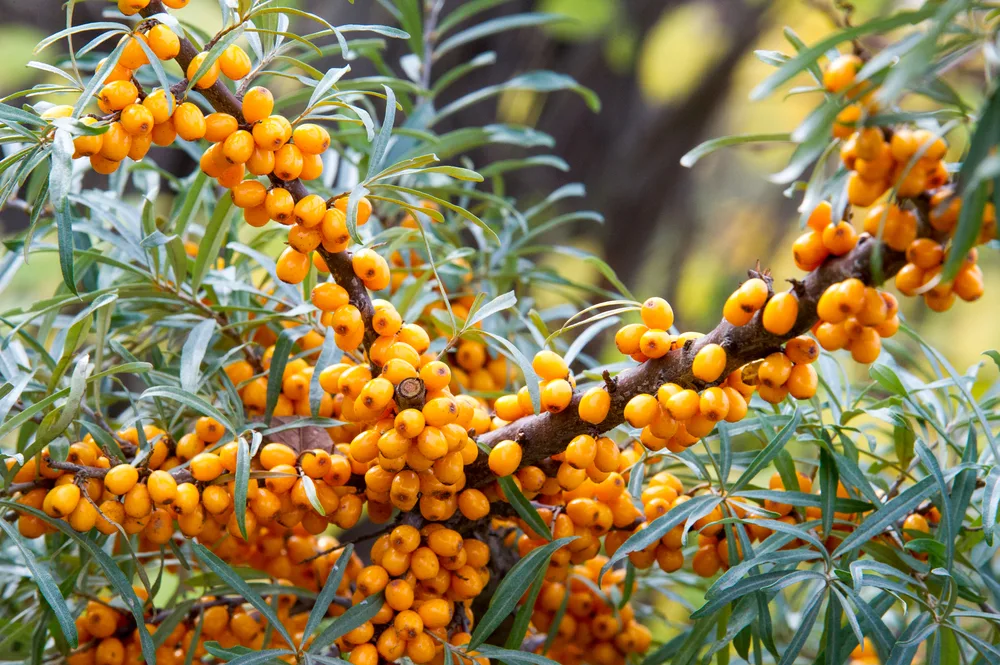
In certain regions, there are not many nitrogen-fixing trees to consider.
In my cool temperate region, for example, only three I can grow successfully: alder, laburnum and Siberian pea tree.
Fortunately, there are plenty of nitrogen fixing shrubs that I can incorporate into my garden.
You can also use nitrogen fixing shrubs where space is limited and trees won’t suit.
You can use them in much the same way as trees, as feed-stock for mulches etc.. and can also be useful as the under-storey below fruit trees in a fruit tree guild or forest garden.
Here are some nitrogen fixing shrubs that you could consider
- Sea Buckthorn (Hippophae rhamnoides).
- Ceanothus (California Lilac/ Tobacco Brush etc.).
- Autumn Olive (Elaeagnus umbellata).
- Russian Olive (Elaeagnus angustifolia).
- Goumi (Elaeagnus multiflora).
- Elaeagnus x ebbingei.
- Gorse (Ulex europaeus etc.).
- Broom (Cytisus scoparius etc.).
- American Bayberry/ Wax Myrtle (Myrica cerifera).
- Buffaloberries (Shepherdia).
- Mountain Mahogany (Cerocarpus).
- Mountain Misery (Chamaebatia).
- Cliff-Rose/ Bitterbrush (Purshia).
Again, not all of these are suitable for all regions and climate zones. So be sure to do your research to find the right plants for your specific situation and needs.
Nitrogen Fixing Herbaceous Plants
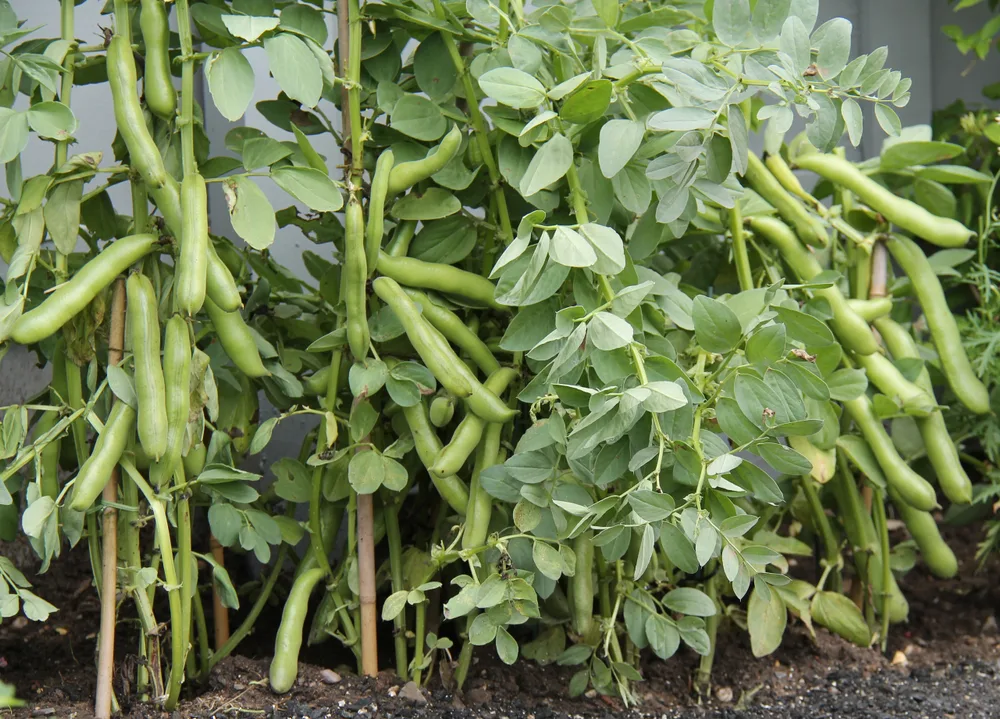
You can incorporate herbaceous nitrogen fixers into growing systems as companion plants.
It is also a good idea to rotate them throughout annual gardens in a crop rotation scheme. Many beans and peas are commonly utilised in this way.
Farmers add leguminous nitrogen fixers to farm fields through intercropping. Or use them as cover crops or green manures.
Home growers can use similar techniques in their own gardens.
Leaving roots in place after harvesting annual legumes can improve the nitrogen content of the soil for the plants which follow them in rotation.
Herbaceous nitrogen fixing plants can also be another layer within a fruit tree guild or forest garden. Some can also be useful ground cover crops in such a system.
Some nitrogen fixing herbaceous plants include:
- Fava Beans
- Green Beans/ French Beans
- Runner Beans
- Garden Peas
- Field Peas
- Pigeon Peas
- Soybeans
- Peanuts/ Groundnuts
- Lupins
- Everlasting Sweet Pea (Lathyrus Latifolius)
- Wood Vetch (Vicia sylvatica)
- American Vetch
- Tufted Vetch
- Licorice
- White Clover
- Red Clover
- Alfalfa
- Dryas drummondii
This is by no means a comprehensive list. But this list should give you a place to begin when it comes to selecting nitrogen fixers to include in your garden.
To use nitrogen fixing plants well, don’t just use them alone.
Using them is not a replacement for taking care holistically of the soil and the whole ecosystem. But by using nitrogen fixers and taking care of the whole garden, you should find that your garden will thrive.
These plants can all be valuable additions to a well-planned garden.

Get the famous Rural Sprout newsletter delivered to your inbox.
Including Sunday musings from our editor, Tracey, as well as “What’s Up Wednesday” our roundup of what’s in season and new article updates and alerts.

